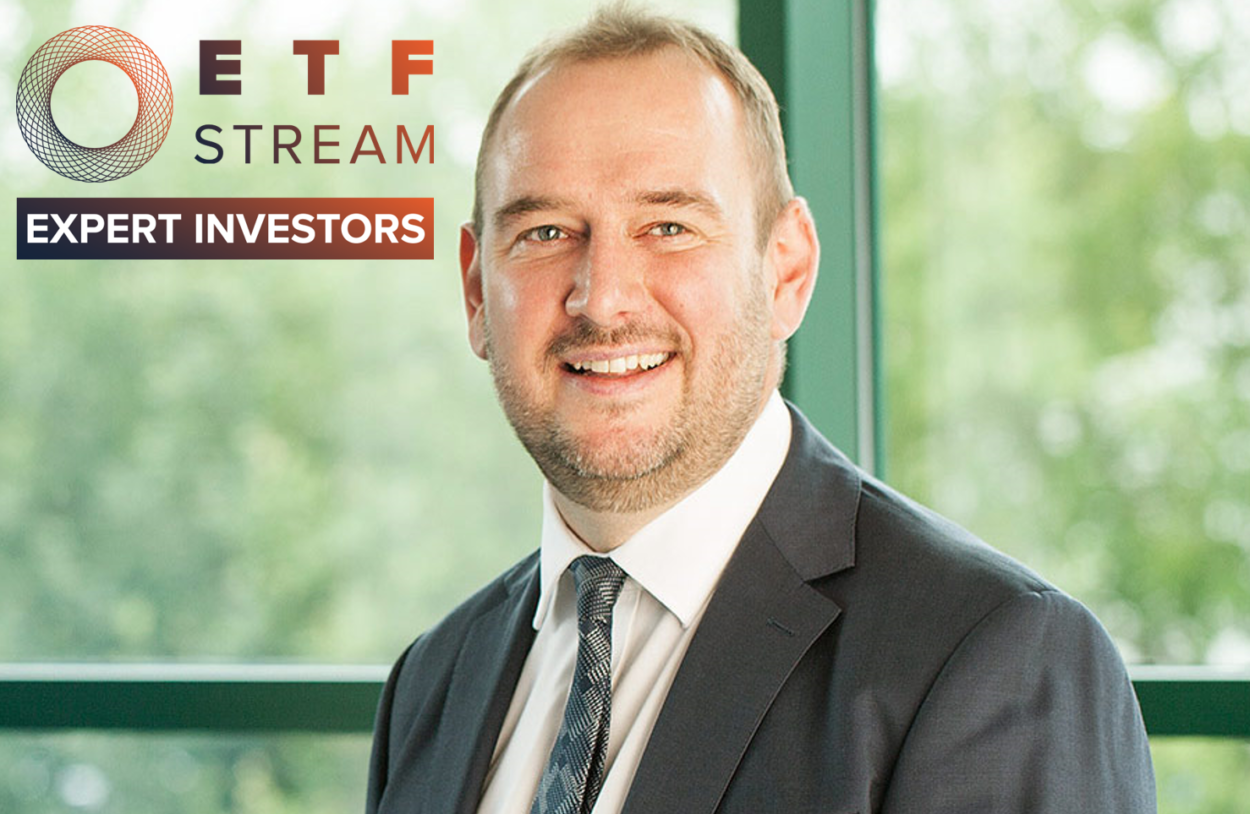Expert investors is a new series
brought to you by ETF Stream where on a fortnightly basis we interview the key individuals from across the fund selection and research space about the ETF industry.
Fund selection plays a crucial role in portfolio construction. Once the asset allocation decision has been made, these individuals need to decide how they want to be exposed, be it through a mutual fund, investment trust or ETF.
Over the years, ETFs have become an increasingly important part of any investors’ toolkit. This series will show how the key players across the fund selection space use ETFs in their portfolios while asking what more can be done by the ETF providers to help with this increasing adoption.
Next in the hot seat is James Menzies, investment director, head of multi-asset at Greystone Financial Services. Menzies joined Greystone in 2001 before being promoted to investment director in 2005. He is responsible for the oversight of the firm's investment philosophy, process and fund performance.
How much of your portfolio is made-up of ETFs/index funds?
The majority of holdings within our multi-manager fund range are actively-managed; we currently invest in 53 distinct funds across our fund-of-funds range and over 90% of this number are actively-managed.
However, we will buy ETFs and index funds if we believe this is the best way to access a particular asset class.
In one of our four multi-manager products we hold an ETF investing in short-dated UK Gilts (3.8% weighting), plus a range of investment grade bond index funds (total weighting 16%) In another of our funds we hold an S&P 500 index fund (5.1% weighting). All allocation data is correct as at December 2019.
When did you start investing in ETFs?
We first invested in the UK Gilts ETF mentioned above in May 2010 and the US index fund in October 2010; we started adding the global bond index funds in December 2014.
Although we have changed our exposure weightings over time, we have maintained at least some holdings in all these products since we first bought them.
As part of our investment process we are always looking for funds (including ETFs) which can produce superior risk-adjusted returns, and if we have conviction and decide to invest this will be for the long-term.
Which asset classes do you tend to invest in through ETFs?
While we consider ETFs across all asset classes and geographies as part of our investment process, we will typically prefer ETFs and index funds investing in markets with good liquidity, tighter bid/offer spreads and lower dealing costs.
Our current passive exposure is in short-dated UK Gilts, investment grade corporate and government bonds and large-cap US equities.
Which areas would you avoid?
We would tend to avoid buying index funds or ETFs in markets which are the opposite of the above; i.e. markets with relatively poor liquidity, wider bid/offer spreads and higher dealing costs. Examples include high yield or emerging markets bonds, and small-cap or less-liquid equities.
Expert Investors: Ben Seager-Scott of Tilney
In our view, funds buying these types of assets benefit more from the additional layer of liquidity management which comes with being actively-managed.
What ETF products would you like to see more of?
The extensive coverage across asset classes, geographies and product types is a key strength of the ETF and index fund market. There are currently no products that we would consider investing in which are not available.
However, there are relatively few ETFs tracking UK-listed property (e.g. REIT or REOC) indices. These products provide an alternative to investors looking for exposure to a less-liquid asset class via a more liquid product with a higher level of diversification than if any single investment company was owned.
Are there any areas ETF providers could improve?
Improving investors’ understanding of the indices which are used in their products. We have found ETF and index fund providers do a good job of explaining how their product tracks a target index but have less to say about the index itself.
This is not needed in some cases (e.g. S&P 500 or currency ETFs), but particularly for ETFs tracking bond and commodity indices, or where the index has not been constructed by one of the major providers such as FTSE, MSCI or Bloomberg, it is not always easy to find out how the index being tracked has been put together.
Additionally, even for well-known indices we think providers could do more to highlight the concentration risk present in some index funds; for example, the FTSE 100 has 26.7% in its top 5 and 44.1% in its top 10 stocks, as at November 2019.
From our point of view as investors, we need to understand both the index and the products which track it before investing.
Expert investors is a new series brought to you by ETF Stream where on a fortnightly basis we interview the key individuals from across the fund selection and research space about the ETF industry.
To read the previous edition of Expert Investors with Tristan Dolphin of Stonehage Fleming, click here.



